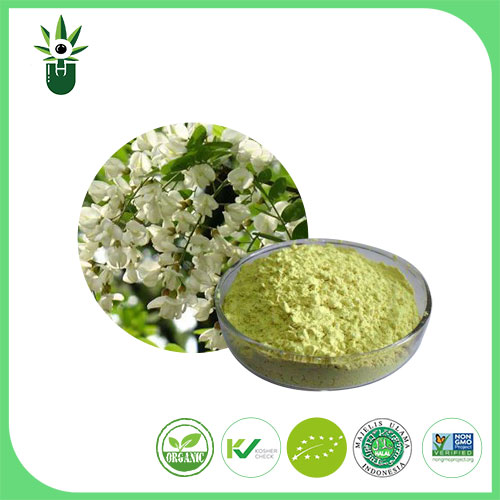
- English
- Español
- Português
- русский
- Français
- 日本語
- Deutsch
- tiếng Việt
- Italiano
- Nederlands
- ภาษาไทย
- Polski
- 한국어
- Svenska
- magyar
- Malay
- বাংলা ভাষার
- Dansk
- Suomi
- हिन्दी
- Pilipino
- Türkçe
- Gaeilge
- العربية
- Indonesia
- Norsk
- تمل
- český
- ελληνικά
- український
- Javanese
- فارسی
- தமிழ்
- తెలుగు
- नेपाली
- Burmese
- български
- ລາວ
- Latine
- Қазақша
- Euskal
- Azərbaycan
- Slovenský jazyk
- Македонски
- Lietuvos
- Eesti Keel
- Română
- Slovenski
- मराठी
- Srpski језик
Magnolia Bark Extract
Produced in southern Shaanxi, southeastern Gansu, Anhui, southeastern Henan, western Hubei, southwestern Hunan, Sichuan (central and eastern), and northeastern Guizhou in China; Cultivated in northern Guangxi, Lushan in Jiangxi, and Zhejiang. Houpu has the effects of warming the middle and lower qi, drying dampness, and reducing phlegm. Magnolia Bark extract is mainly used to treat symptoms such as chest and abdominal distension, pain, nausea, and vomiting.
Send Inquiry
Magnolia officinalis, also known as Chuanpu, Zipu, Ziyoupu, Wenpu, etc. in the scope of botany, is a plant of the Magnoliaceae family and the genus Magnolia. The common Magnolia officinalis (original subspecies) M. officinalis subsp. officinalis and Magnolia officinalis (subsp. species) M. officinalis subsp. biloba, two species, mainly produced in Jiangjin and Fuling of Chongqing and Leshan of Sichuan, as well as in Hunan, Hubei, Jiangsu and Zhejiang provinces. In Chinese medicinal materials, it specifically refers to the dry bark, root bark and branch bark of the plant. From April to June, the root bark and branch bark are peeled off and dried directly in the shade. The dried bark is lightly boiled in boiling water and then piled in a moist place. When the inner surface of the bark is "sweated" to purple-brown or tan, steam it until soft, take it out, and roll it into a tube shape. ,dry. Cut into shreds and used for ginger preparation. Magnolia officinalis flower buds are also used as medicine, but their efficacy is slightly lower. Concave-leaf Magnolia officinalis, deciduous tree. Plants are as tall as 1. The bark is light brown, the young branches are yellowish gray with obvious lenticels, and the current year branches have yellowish brown hairs. The flowering period is from May to June, and the fruiting period is from May to August. Magnolia officinalis likes warmth and moisture, and is intolerant of severe cold and heat. It likes plenty of sunshine and is suitable for cultivation in places with warm winters and cool summers.
Magnolia officinalis contains about 1% volatile oil, and the oil mainly contains β-Eudesmol (Machilol), accounting for more than 95% of the volatile oil. It also contains about 5% of magnolol and its isomers. In addition, it also contains a small amount of Magnocurarine and tannins. Research on the chemical components of Magnolia officinalis. In addition to the magnolol, honokiol, β-cineol and a small amount of magnocurine reported in the literature, other components also include ethyl acetate from the dry bark of Magnolia officinalis. Some of the new allylbenzene-p-benzoquinone compounds magnoquinone and seven known new wood ester compounds were obtained. Among them, magnolol and honokiol are a pair of isomers, and their high content is the main basis for Magnolia officinalis to be used as a substitute for Magnolia officinalis. The active ingredients of Magnolia officinalis extract are honokiol, magnolol, magnolol, etc.


Product introduction
|
Product name |
Magnolia Bark Extract |
|
Source |
Magnolia officinalis Rehder & Wilson |
|
Extraction part |
bark |
|
Specification |
magnolol 8%~95%; Honokiol 8%~95%; Total magnolol 95%; 5:1,10:1,20:1 |
Application
1. Medicine;
2. Health products.
Magnolia Bark Extract














